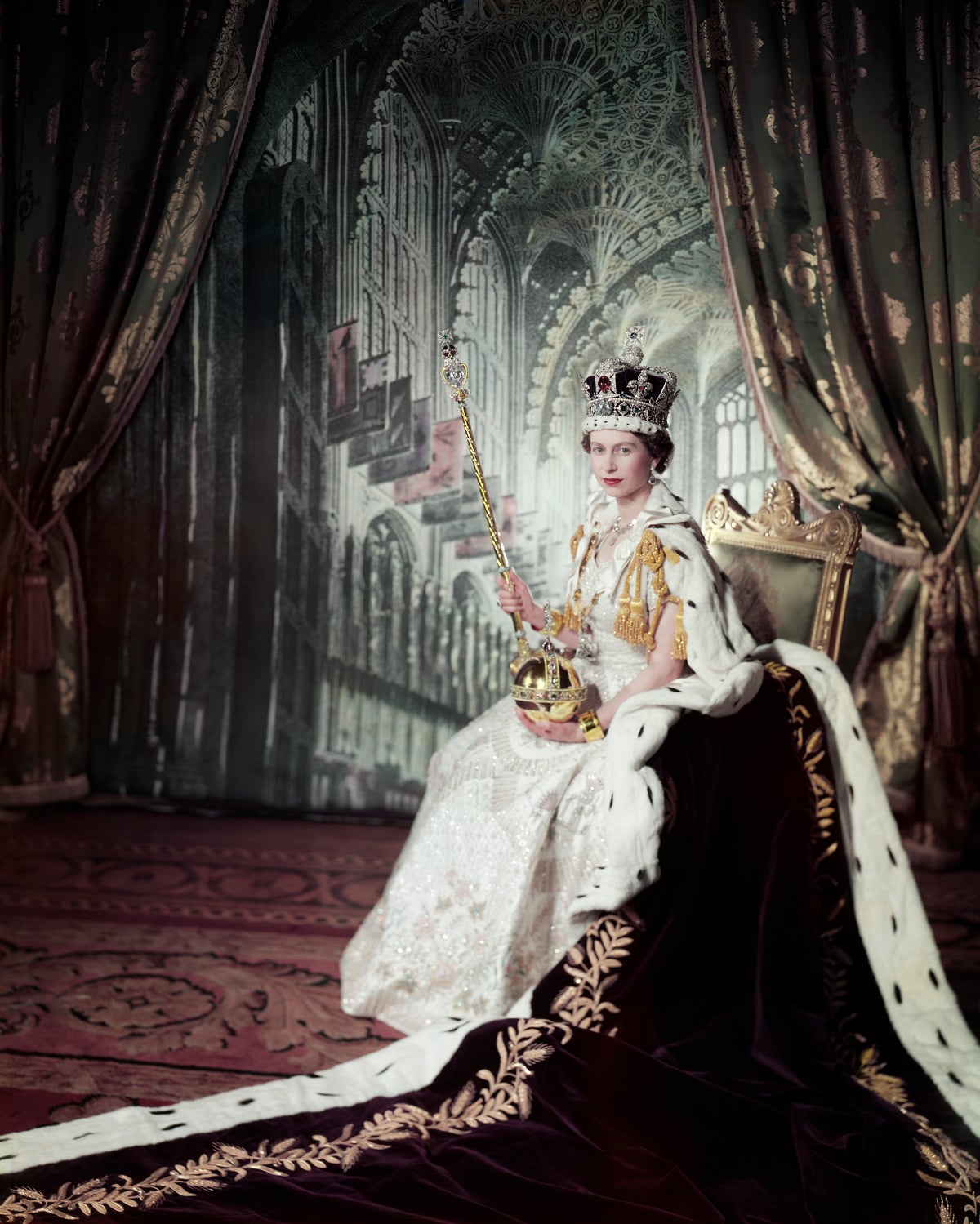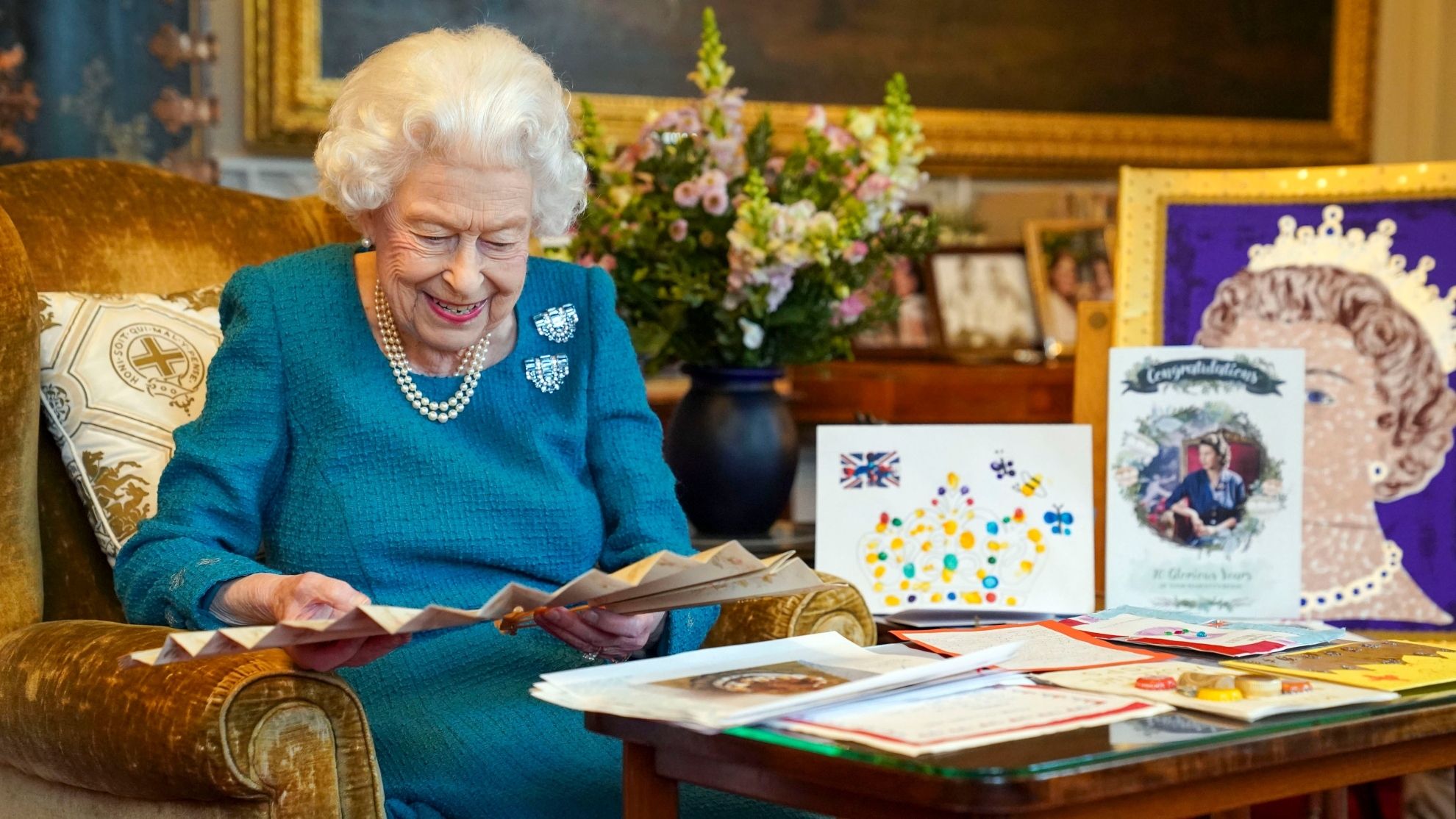The start of February 2022 marks 70 years since Her Majesty Queen Elizabeth II became monarch of the United Kingdom, as well as of the other territories and countries where she is head of state. As an Institution we will be marking this incredible milestone in our Nation’s History. Her Majesty the Queen has been a beacon of faith, wisdom and stability in a world that is unrecognisable from the time she ascended the throne. She has however remained true to her promise as a young woman to her people.
I declare before you all that my whole life whether it be long or short shall be devoted to your service and the service of our great imperial family to which we all belong.
In turn her people have shown an amazing love and loyalty as they watched her grow and take her place as a world leader. Our loyalty to the Queen has been proclaimed annually at our Twelfth Demonstrations as we reaffirm year upon year one of the core principles of our Institution with our first Resolution. To quote last years as support not just the institution of monarchy but the the person behind it and in a year of bereavement and loss for Her Majesty our resolution reflected that in a personal note of sympathy and compassion.
We the members of the Independent Loyal Orange Institution on this the 331th Anniversary of the Battle of the Boyne reaffirm our continued Steadfast loyalty to Her Most Gracious Majesty, Queen Elizabeth II, our Constitution, the legislative Union and the succession to the Throne in the House of Windsor it being Protestant.
As an Institution, we remember in prayer our Gracious Majesty the Queen and the members of the Royal Family following the passing of His Royal Highness the Duke of Edinburgh Prince Philip. We trust that they will continue to know in their great loss the God of all Comfort and Grace.
As we mark this marvellous milestone we will be looking at the principles of monarchy and how they were shaped by the Protestant Reformation and the Glorious Revolution. Then we will examine some of the pomp circumstance, and ceremony behind this great British Institution. Finally we will look at the person behind it – and the faith and family life of Her Majesty the Queen. This series of articles will form a virtual exhibition and will help our members and the wider public understand and enjoy this year of celebrations more.

The year begins with Accension Day when The Queen ascended or took the throne. This article looks at what happened when she acceded to the throne on 6 February 1952 and how it relates to this year’s Platinum Jubilee celebrations.
Accession Day
A monarch’s eldest child automatically inherits the Crown upon the death of the previous monarch. The exact moment of King George VI’s death is unknown, as his body was discovered at Sandringham by a valet at 7.30am on Wednesday 6 February 1952. At 10.45am, it was announced “that the King, who retired to rest last night in his usual health, passed peacefully away in his sleep early this morning”. The BBC broadcast the news at 11.15am.
The new monarch, formerly Princess Elizabeth, was in Kenya with her husband, Prince Philip. According to political historian Ben Pimlott, Elizabeth’s Private Secretary, Martin Charteris, heard the news on the radio at his hotel in rural Kenya. He telephoned Mike Parker, Philip’s Private Secretary, who heard the BBC announcement on his own radio. Parker told Philip who, at around 2.45pm (11.45am London time), told the new Queen.
In the UK and around the world, flags were flown at half-mast, while theatres closed and sporting events were cancelled.
The Accession Council
Shortly before Elizabeth learned she had become Queen, the Cabinet met in London “to discuss the constitutional implications” of the King’s death. It decided that Parliament would not properly meet until the Accession Council had convened. This is a meeting of the Privy Council which formally proclaims a new monarch. Cabinet also decided to follow the precedent of 1714 and hold part one of the Accession Council in the absence of the monarch.
The Accession Council met at 5pm, the same time that Canada became the first Commonwealth Realm formally to proclaim Queen Elizabeth II (following a meeting of its own Privy Council). In London, the Lord President of the Council (a cabinet minister) read the draft Accession Proclamation after which all those present signed “the great parchment scrolls, which were laid out for the purpose”, as the MP Harold Macmillan later wrote in his diary.
At 7pm, both Houses of Parliament met as necessary under the Succession to the Crown Act 1707 and MPs and peers re-took their oaths of allegiance to the Crown. Although this was not required by law, it had become a long-standing custom of both Houses to do so.
The Queen returns to London
The Queen returned to London from Kenya on the afternoon of Thursday 7 February and was met at London Airport (later Heathrow) by Prime Minister Winston Churchill, and the Leader of the Opposition, Clement Attlee. The Prime Minister later broadcast to the nation.
At 10am on Friday 8 February part two of the Accession Council took place. The Queen made a personal declaration and took the statutory Scottish Oath. At 11am, the Accession Proclamation was read by Garter King of Arms (an historic role responsible for heraldry and ceremony) at St James’s Palace, and then at locations around the UK. At noon in Parliament, both Houses were informed of plans for the late King’s lying-in-state at Westminster Hall.
On Monday 11 February both Houses moved and passed an address of “sympathy and devotion” to the Queen. The King’s coffin then arrived for his lying-in-state. Finally, on the morning of Friday 15 February, George VI’s coffin was removed from Westminster Hall and moved in procession to Windsor for his state funeral.
Queen Elizabeth II’s coronation did not take place at Westminster Abbey until 2 June 1953.
Platinum Jubilee events

Queen Elizabeth II looks at a fan as she views a display of memorabilia from her Golden and Platinum Jubilees in the Oak Room at Windsor Castle. Issue date: Friday February 4, 2022. PA Photo. The fan was presented to Queen Victoria to mark her Golden Jubilee in 1887 by the then Prince and Princess of Wales, later Edward VII and Queen Alexandra. The Queen has since travelled to her Sandringham estate where she traditionally spends the anniversary of her accession to the throne – February 6 – a poignant day as it is the date her father King George VI died in 1952. See PA story ROYAL Jubilee. Photo credit should read: Steve Parsons/PA Wire
The anniversary of Accession Day is observed with the flying of certain flags and receptions. In London, a Royal Gun Salute is fired by the King’s Troop, Royal Horse Artillery (named in honour of George VI) and by the Honourable Artillery Company at the Tower of London. Gun salutes are also fired at other locations around the UK. Royal Gun Salutes do not take place on Sundays so, this year, they will be fired on Monday 7 February.
Jubilee celebrations in the UK date back to 1809. This will be the Queen’s fourth, following her Silver (1977), Golden (2002) and Diamond (2012) Jubilee events. She is the first monarch to mark a Platinum Jubilee. This year’s celebrations will culminate in a four-day UK bank holiday in June.
As well as the traditional Trooping the Colour for the Queen’s birthday, more than 1,500 Platinum Jubilee beacons will be lit throughout the UK, the Channel Islands, Isle of Man, British Overseas Territories and, for the first time, in the capital cities of Commonwealth countries.
The principal beacon will be lit in a special ceremony at Buckingham Palace. Other Jubilee events include a service of thanksgiving for the Queen’s reign at St Paul’s Cathedral, a live concert from Buckingham Palace, the Big Jubilee Lunch (usually a street party), a Platinum Jubilee Pageant and special exhibitions at several official royal residences.
According to the Royal Family website, the Queen usually spends Accession Day “privately at Sandringham”.
